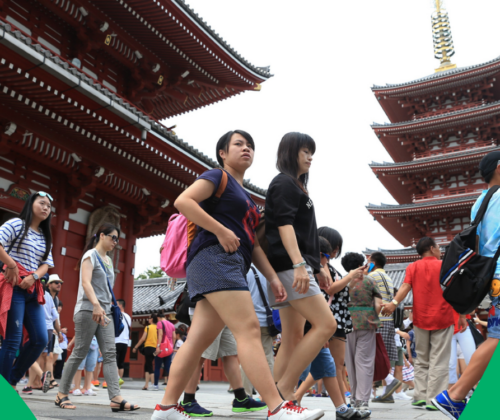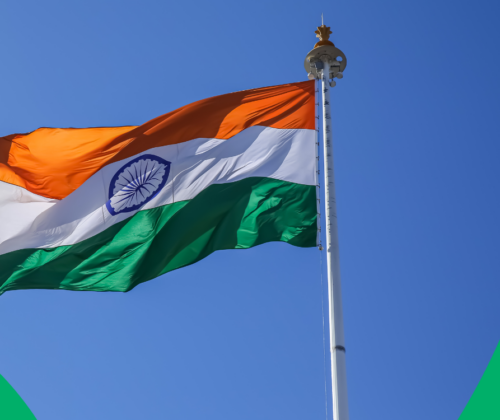The worldwide hotel market is witnessing an amazingly rapid recovery. Based on data from Amadeus’ new report, it is easy to see that the tourism industry is brighter and brighter after 2 years of crisis.
According to “Hospitality Market Insights” report, worldwide hotel occupancy in June surpassed 2019 levels, with Retail exceeding pre-pandemic shares in all regions. Brand and OTA channels continue to perform well at the expense of Direct.
International leisure markets in APAC (such as Bali) are seeing an interesting increase in demand, with Brand and Retail improving penetration compared to 2019 and last month. Or China recently started easing restrictions, which is reflected in June pick up. Brand is exceeding its shares against 2019 and growing month over month.
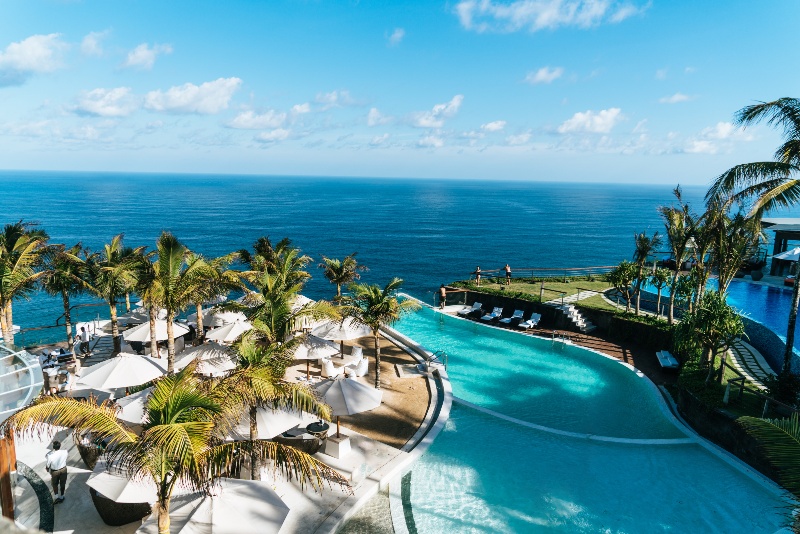
Global hotel occupancy in 2022 ties pre-epidemic levels
As data from Amadeus, global hotel occupancy in 2022 tends to stay on, even surpass, the 2019 level. The latest figures show that the world occupancy rate this year as of June 17 reached 67%, 2% higher than three years ago. While the occupancy in 2021 reached 54% and 2020 was just 28%.
By region, Europe is currently the one with the highest hotel occupancy rate in the world (42%). It is followed by the South Pacific (39%), the US (34%), Asia (23%), Latin America and the Middle East/Africa with 21%. Greater China is temporarily ranked last with only 8%.
By easing restrictions, reducing quarantine time, restoring and increasing flights, etc. Greater China hopes to soon see the previous busy tourism industry again.
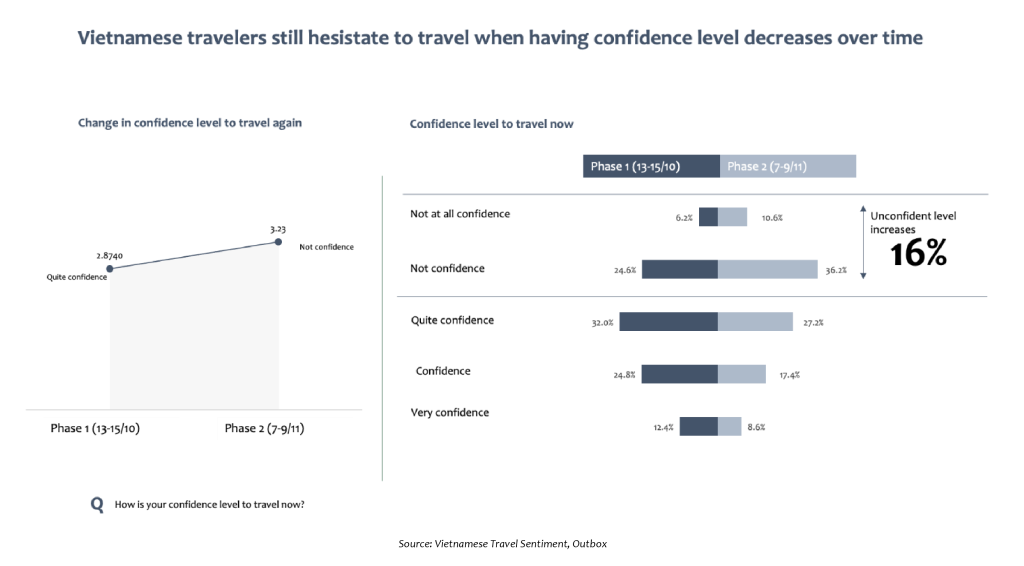
The Asia Pacific hotel industry is recovering well
According to Amadeus, airline and hotel net reservations since the beginning of 2022 have both increased in Asia Pacific (except for Greater China). However, the airline industry suffered much heavier losses in the early stages of the epidemic and it will take a long time to reach pre-pandemic levels. Currently, airline net reservations in the area are only about half of the end of 2019 level.
Whereas, hotel net reservations in Asia Pacific have almost reached pre-pandemic levels, according to data as of early June 2022. In addition, another good news is that the number of weekly cancellations is at a low level (less than 200,000) across the region, but Greater China, which has implemented strict Covid-free targets and has just reopened recently but there are still many limitations. The decrease in booking cancellations partly shows that tourists have more confidence to travel again.
Hotel bookings increase, cancellations decrease, that’s why hotel occupancy also increases. Based on data from Amadeus’ report, in terms of monthly occupancy, the gap between 2019 (pre-pandemic) and 2022 (post-pandemic) has significantly narrowed. Specifically, the monthly occupancy in Asia Pacific reached 52% this June, close to 60% in the same period of 2019. The figures for June 2020 and 2021 are respectively around 15% and 30%.
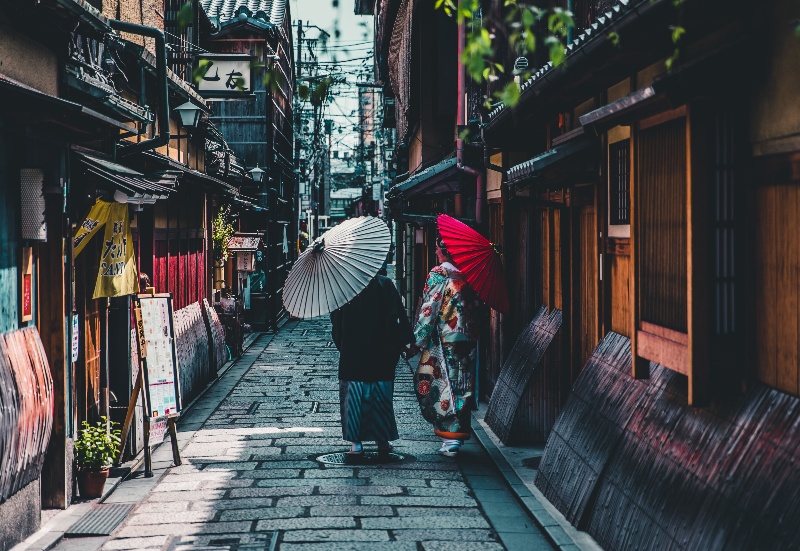
So amongst a range of destinations in Asia Pacific, which is recording the highest recovery pace and hotel occupancy rate?
According to Amadeus statistics, the highest hotel occupancy rate in July (as of June 17) is in Seoul and Singapore, both reaching 36%. Another destination seeing a breakthrough is Bali. Last year, Bali received a record low number of international visitors, only 45. Previously, the paradise island attracted about 6.2 million foreign visitors in 2019 and 1.05 million in 2020. Now, Bali is expected to soon revive as before. Following Seoul, Singapore and Bali are Melbourne and Tokyo (30%), Sydney (26%), Bangkok (25%), Goa (23%), Chennai (21%),…
Via the report, we can see that everything is getting optimistic in the Asia Pacific region. In market segmentation, the good news is that the unsold block this year has decreased compared to all three years ago, to 21%; compared to 23% in 2019, 25% in 2020 and 28% in 2021. Customers in the discount segment are accounting for the highest proportion (31%), higher than in 2019 (28%). It shows that travelers still prefer discounts from service companies and destinations.
Besides, distribution channels in the hotel industry are returning to the way they were before. Specifically, the direct channel still holds the highest market share (40%) in 2022, the figure in 2019 is 42%. The next two channels accounting for a large proportion are brand and OTA. Finally, GDS (Global Distribution System) and CRS (Central Reservation System) accounted for more or less than 10% before and after the pandemic.
Conclusion
In the first half of 2022, countries around the world have gradually controlled the epidemic and reopened. Simultaneously, the tourism industry in general and the hotel industry in particular have constantly made efforts to renew and create more travel models, products and services. Thanks to that, the global hotel industry is receiving good results and growing close to the pre-pandemic era. According to Amadeus’ report, Asia Pacific is not the top region with the best recovery but has achieved remarkable results. During the peak season, the Asia Pacific hospitality industry as well as all other regions promises to continue to thrive and possibly exceed pre-pandemic levels.
Source: Destination Review


